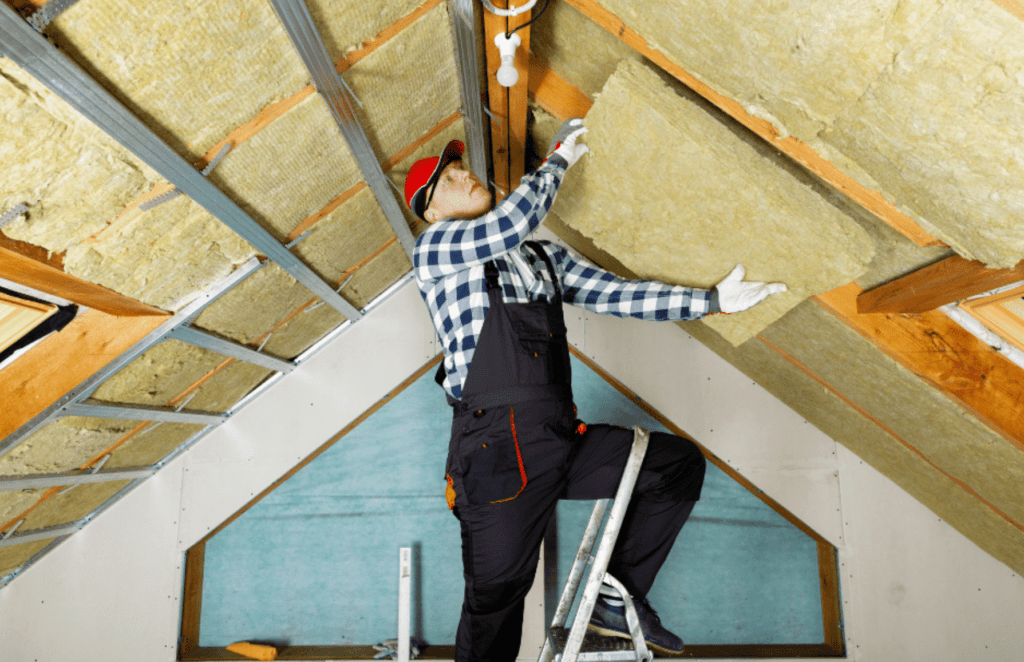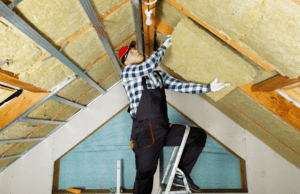
Home insulation raises questions and concerns for many homeowners, especially owners of older buildings. In this blog post, our Managing Director, Mr Ole Renner, provides insights into this topic and dispels myths and fears. For those who prefer to listen rather than read, there is also a podcast episode on the topic.
Home insulation for older buildings - yes or no?
The question that occupies many people: Does home insulation even make sense for older buildings? According to Ole Renner, there is no single answer to this question, as there are many different insulation methods and areas of the house that can be insulated. Basically, you should think about insulation if areas of the house are in contact with the outside air or lead to unheated rooms.
The figures speak for themselves:
Ole, a self-confessed numbers man, emphasises that you should take a close look at the current state of the building. Many buildings built before the 1970s are real "energy guzzlers" when it comes to insulation. This not only leads to high energy costs, but can also reduce the sale value of the house.
Insulation of the roof:
One area where there are no two opinions is the insulation of the roof or the top storey ceiling. This insulation is not only required by law, but is also essential for reasons of living comfort.
Walls and windows:
The walls are often the main cause of energy loss in a house. Many believe that windows are the main cause, but in most cases this is a fallacy. Unless you live in a "glass palace".
Cellar ceiling and floor slab:
Insulating the basement ceiling can be simple and inexpensive and leads to average energy savings of 2-8%.
Internal insulation vs. external insulation:
There are two main methods of insulation: internal insulation and external insulation. Internal insulation has had a bad reputation in the past, but Ole emphasises that it can be very effective if done correctly. Internal insulation is often the favoured method, especially for listed buildings.
Avoid mould formation:
A major concern for many homeowners is the fear of mould growth due to insulation. Correctly installed external insulation can generally be an effective means of preventing mould growth, as it increases the surface temperature of the internal walls and thus prevents water condensation.
The situation is somewhat more complex with interior insulation. However, the main cause of mould formation here is less the condensation of moist indoor air than the penetration of moisture from outside through leaks in the façade. This phenomenon can occur in particular on the weather side due to driving rain. However, there is no cause for concern even with internal insulation if it is installed correctly.
Conclusion:
Home insulation is a complex issue with many factors to consider. It is important to be well informed and seek expert advice if necessary. If you have any further questions about property insulation, please feel free to contact usMEF MyEnergy.Farm GmbH.
For those who would like to explore the topic in more depth, we recommend our Podcast episode on the topic of property insulation.
You are currently seeing a placeholder content of YouTube. To access the actual content, click on the button below. Please note that data will be passed on to third-party providers.
Further information









